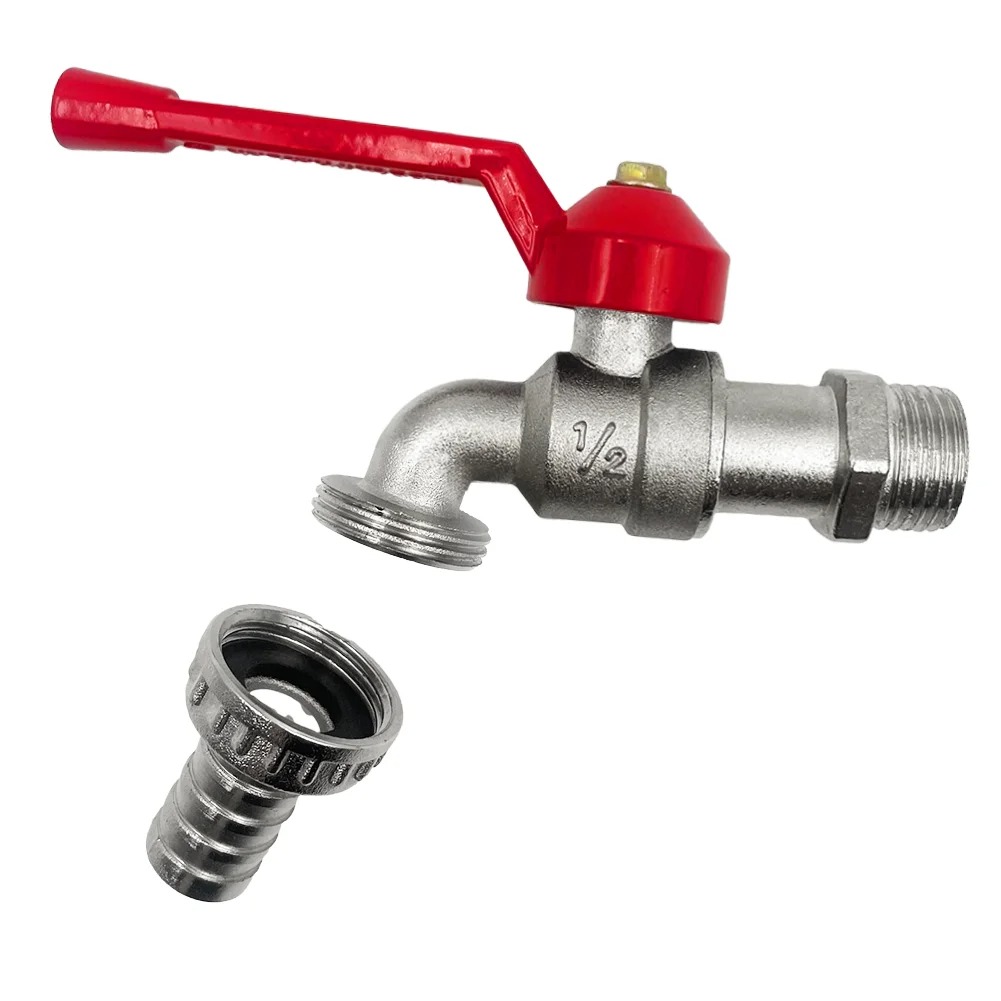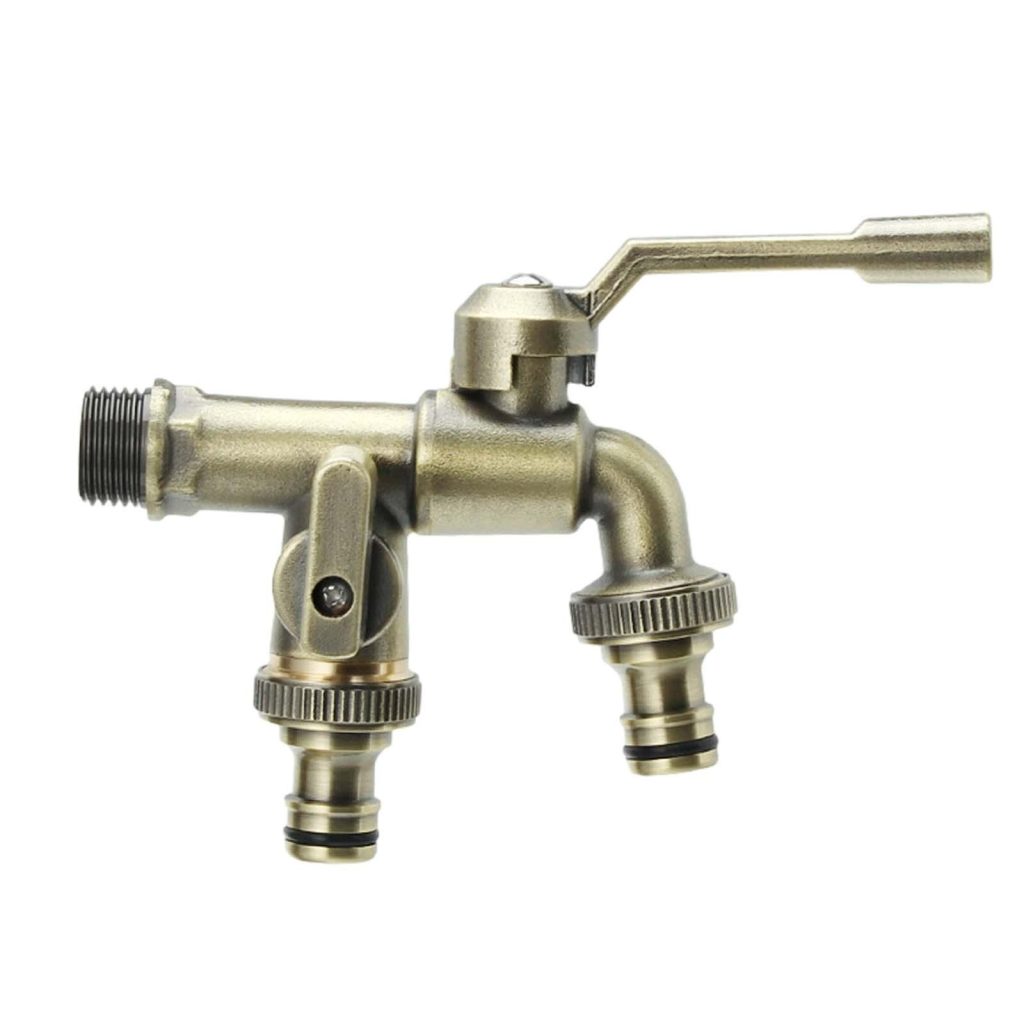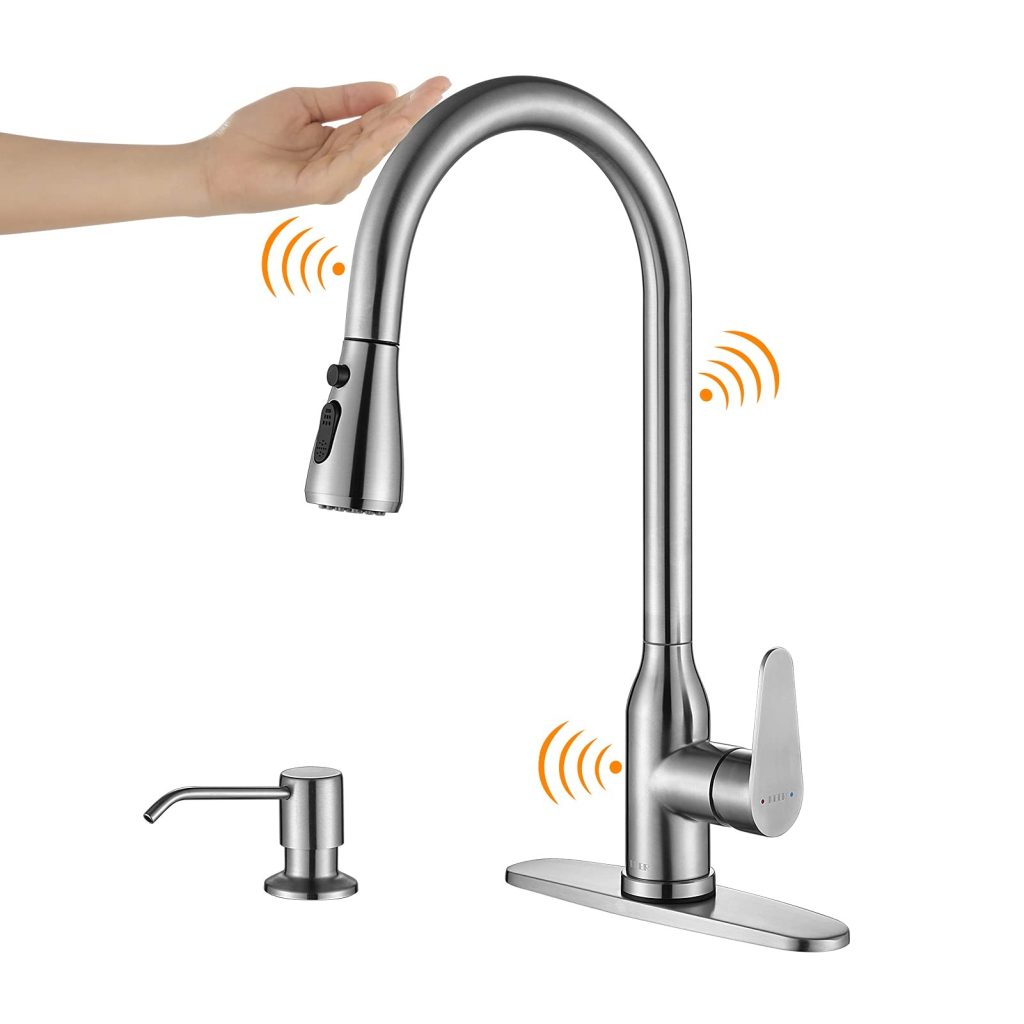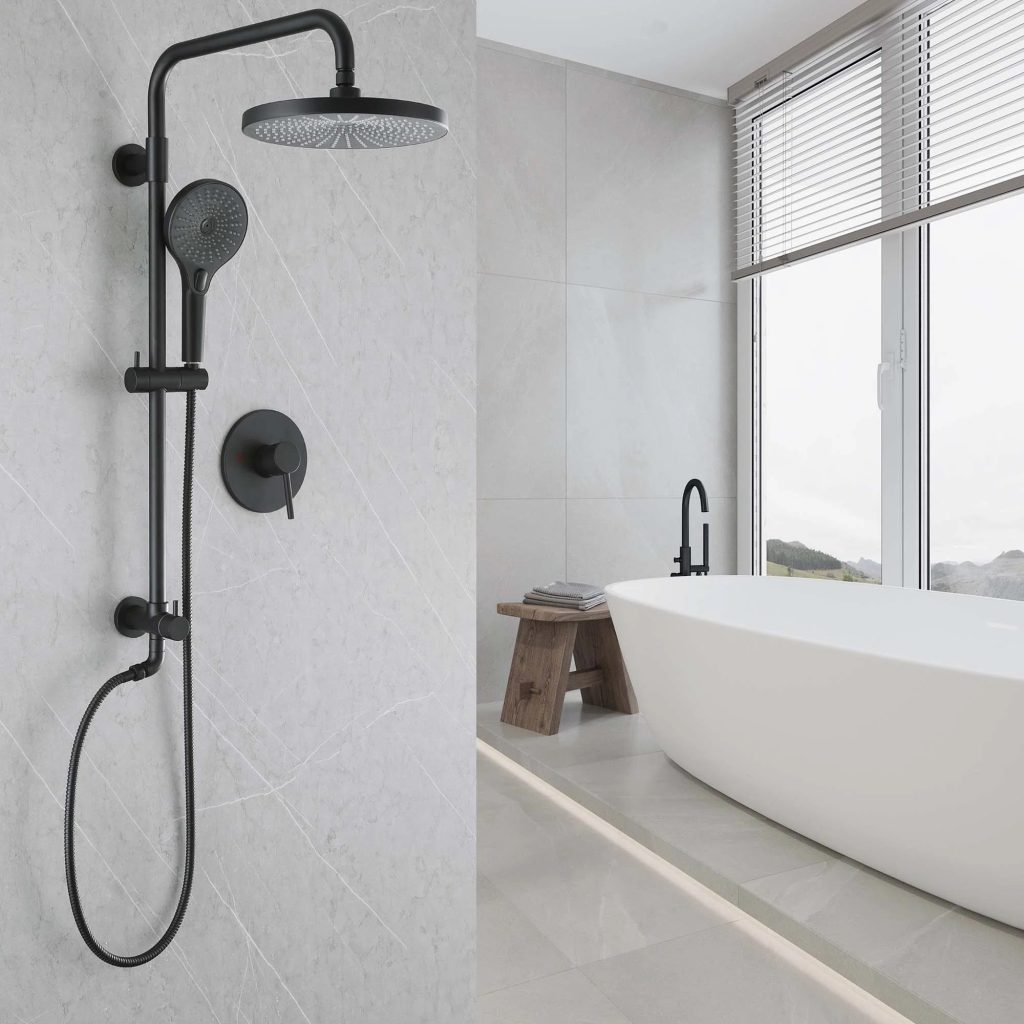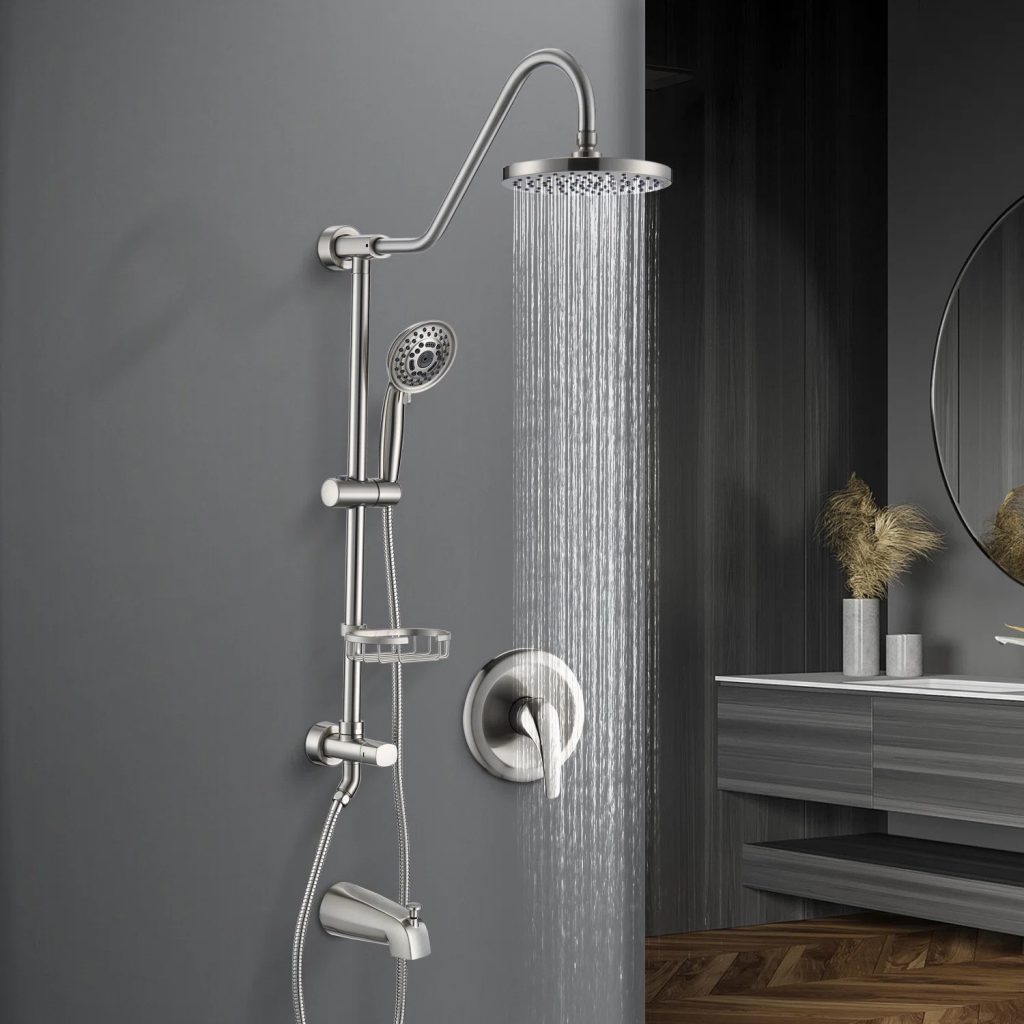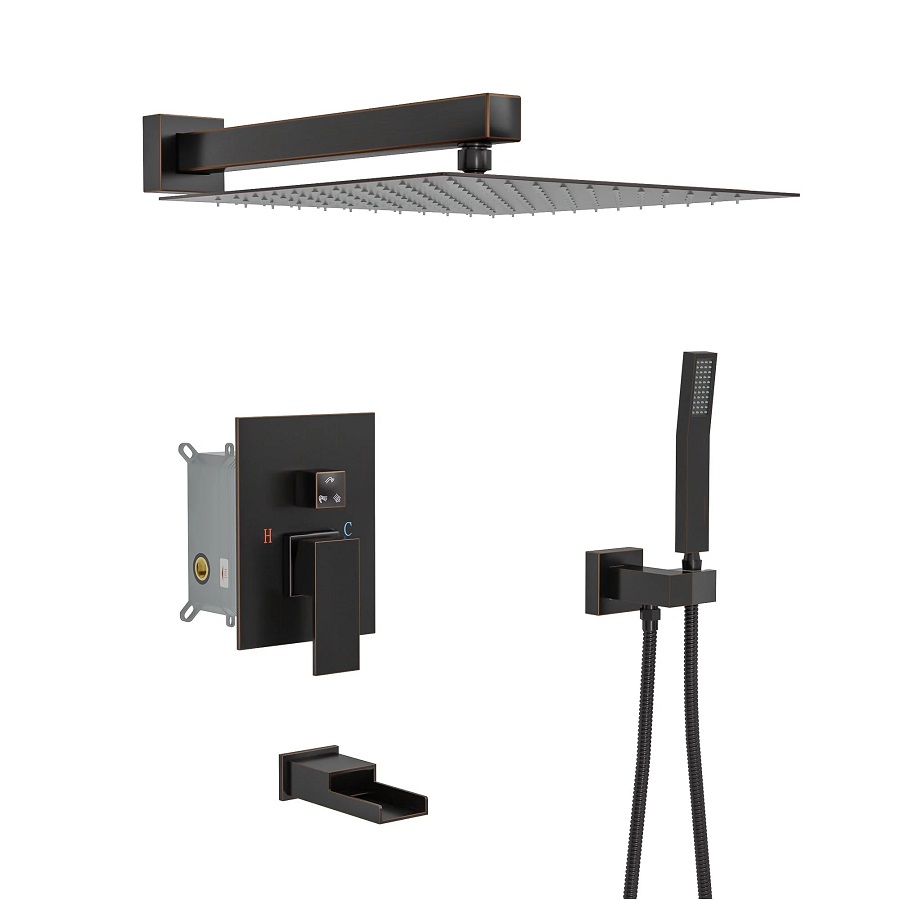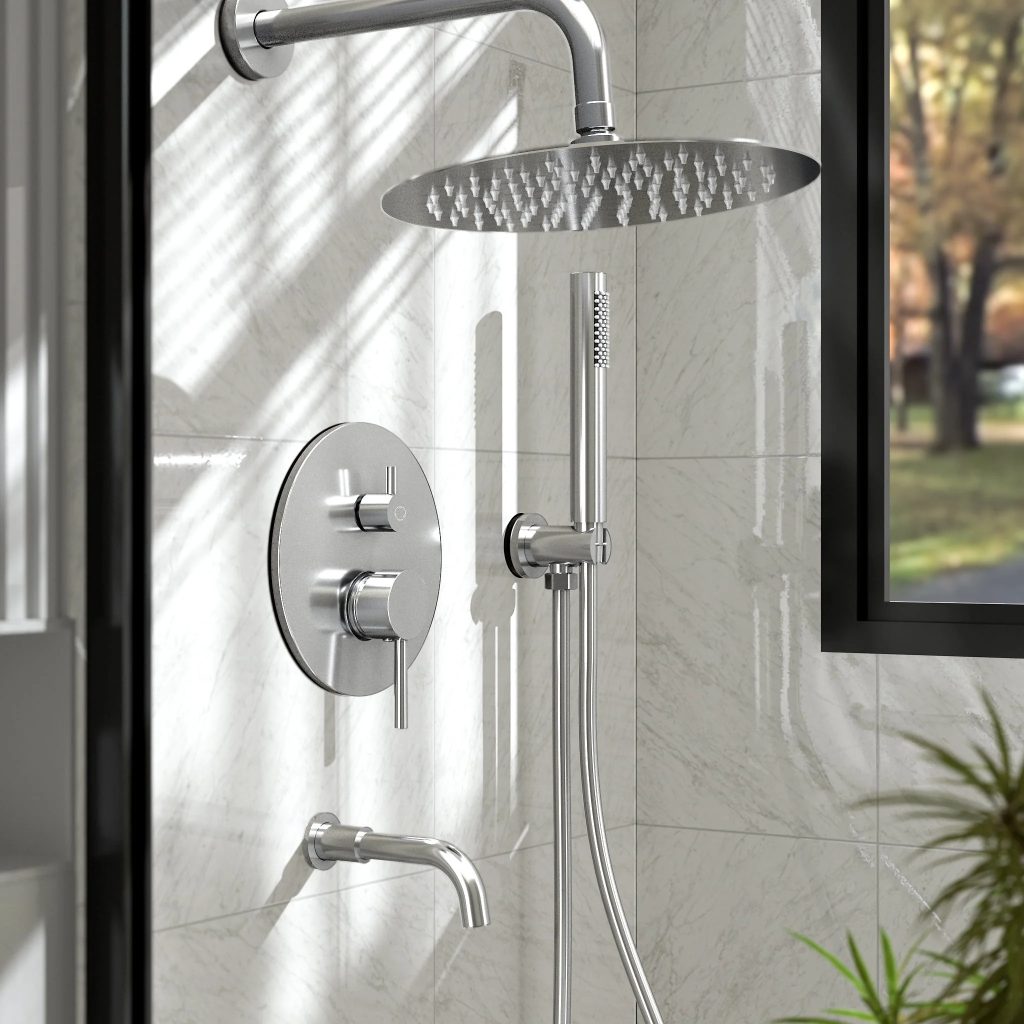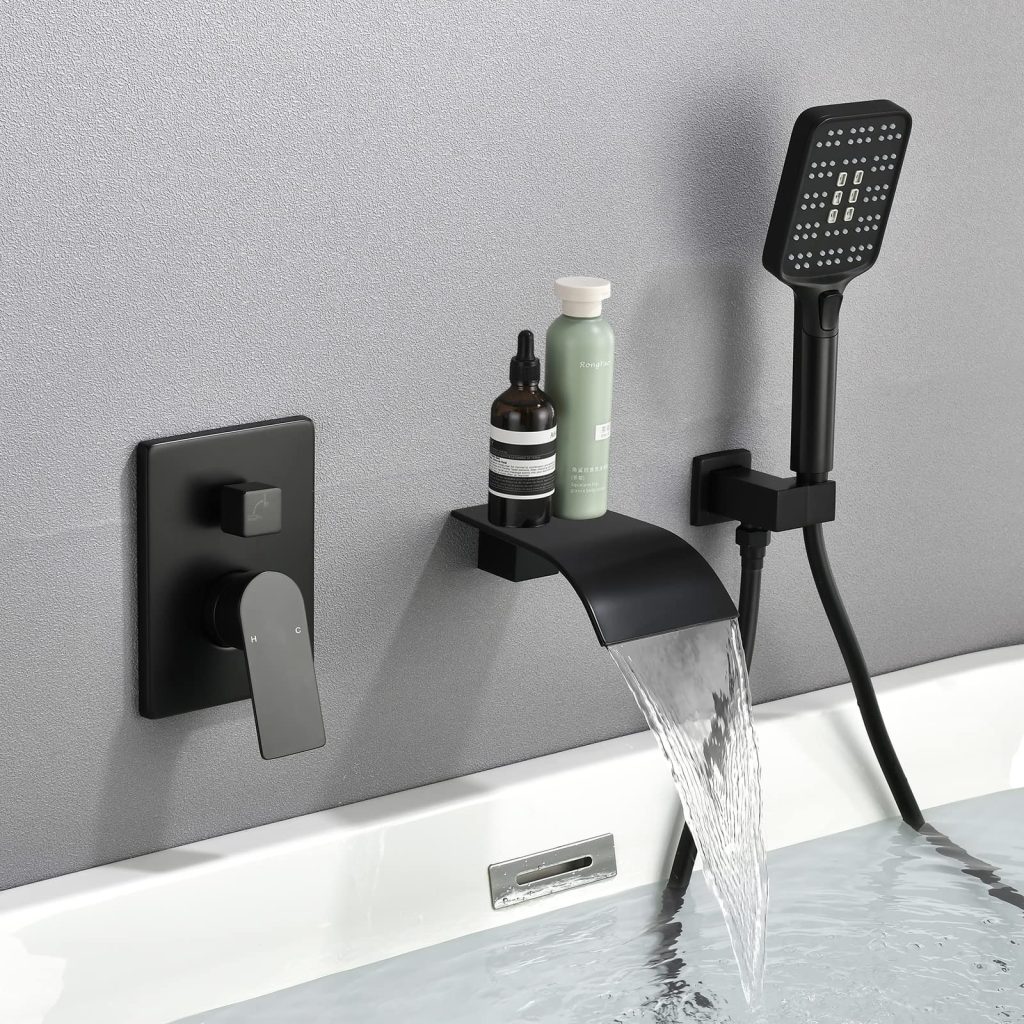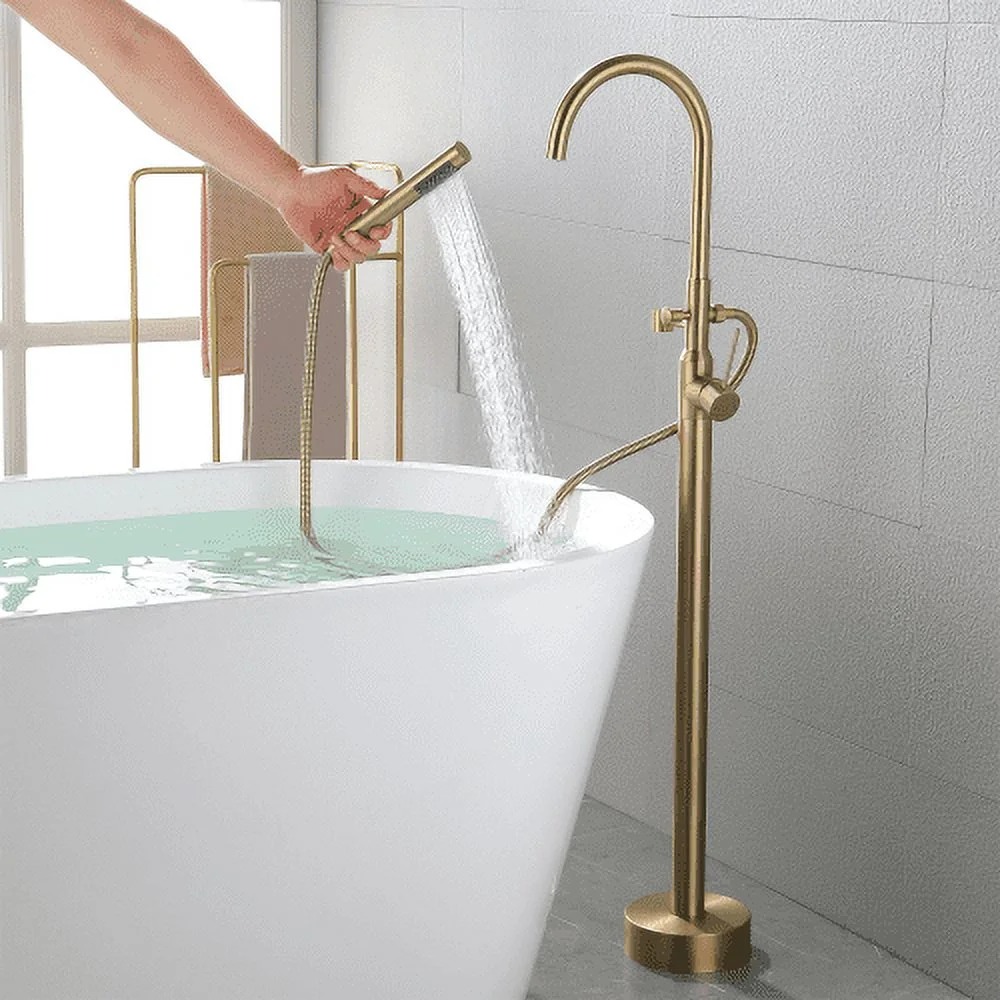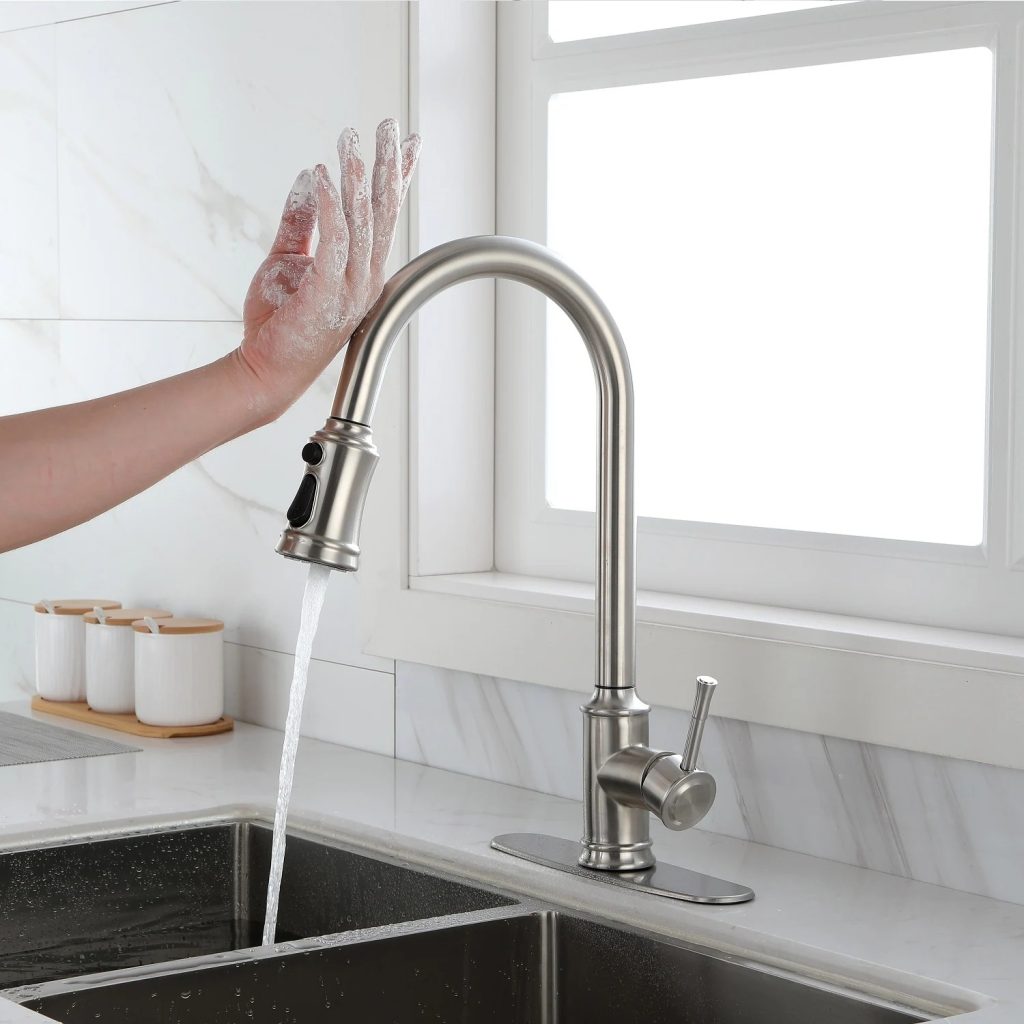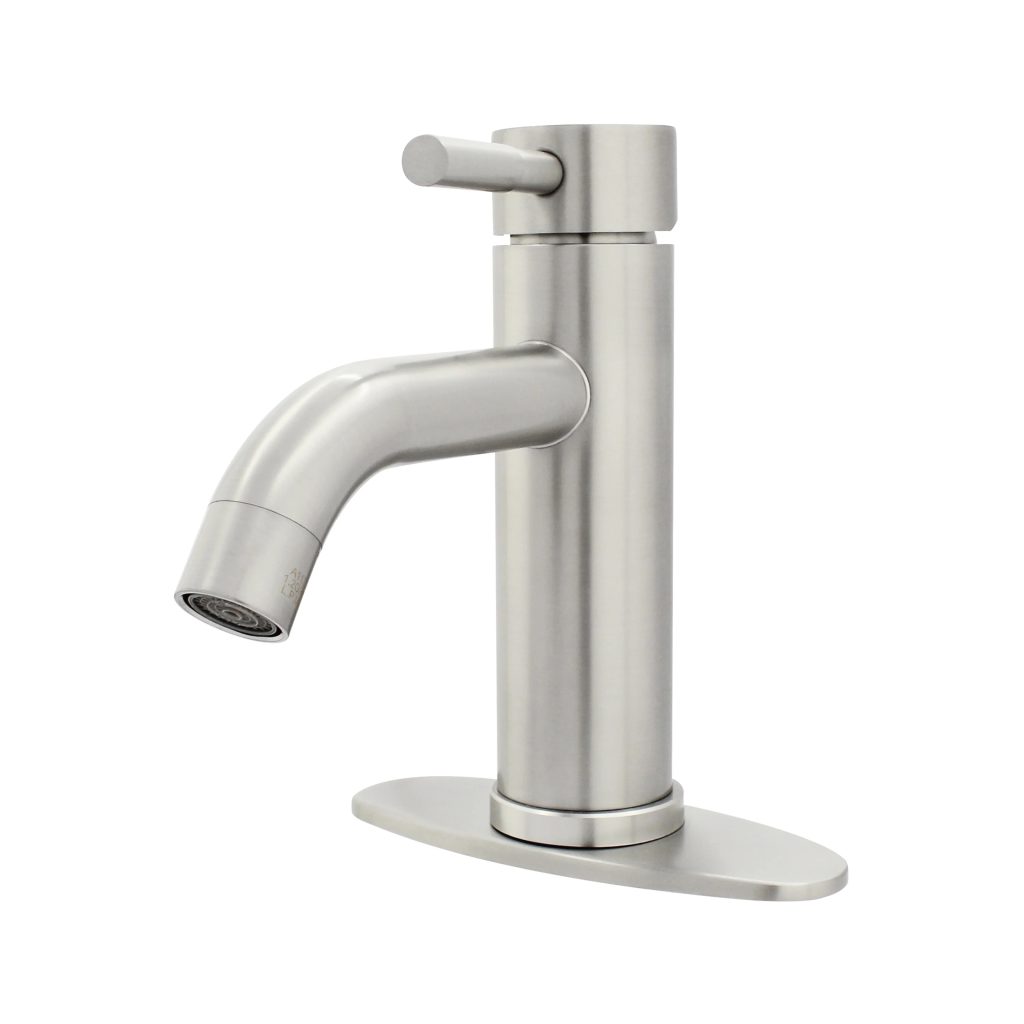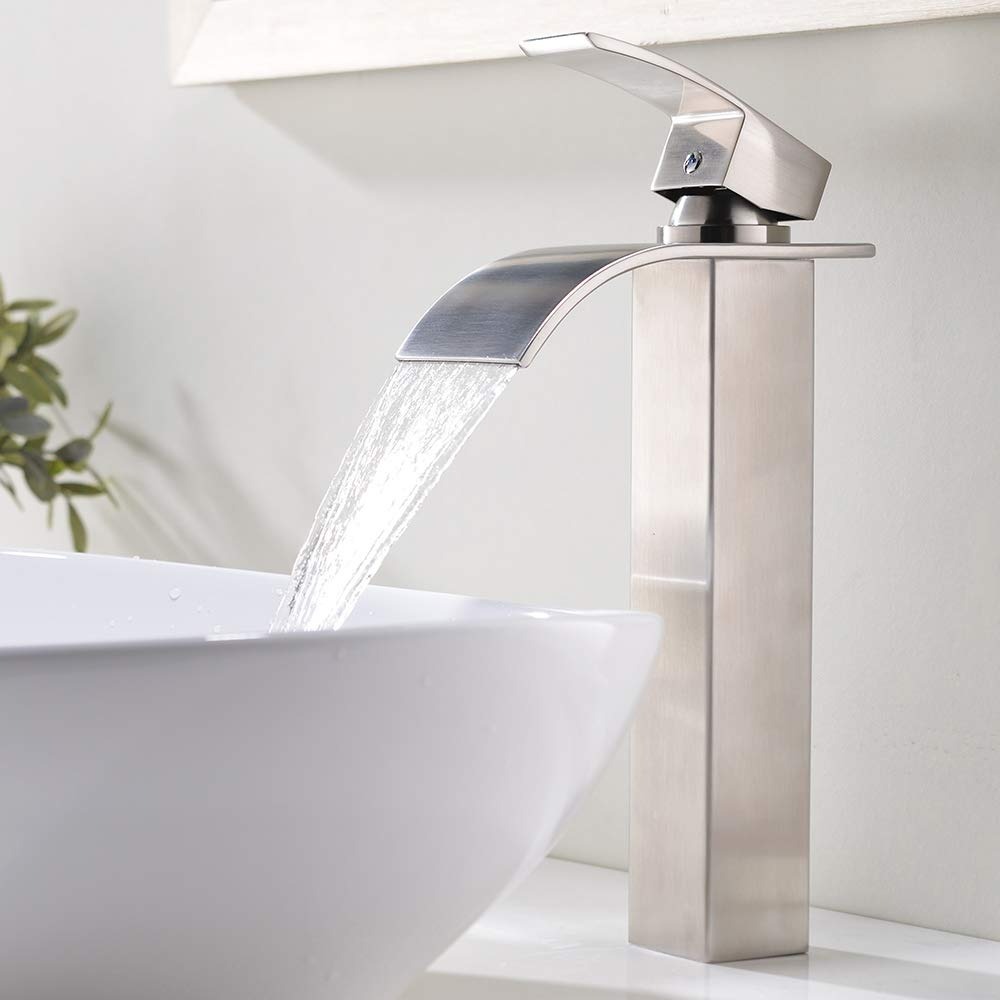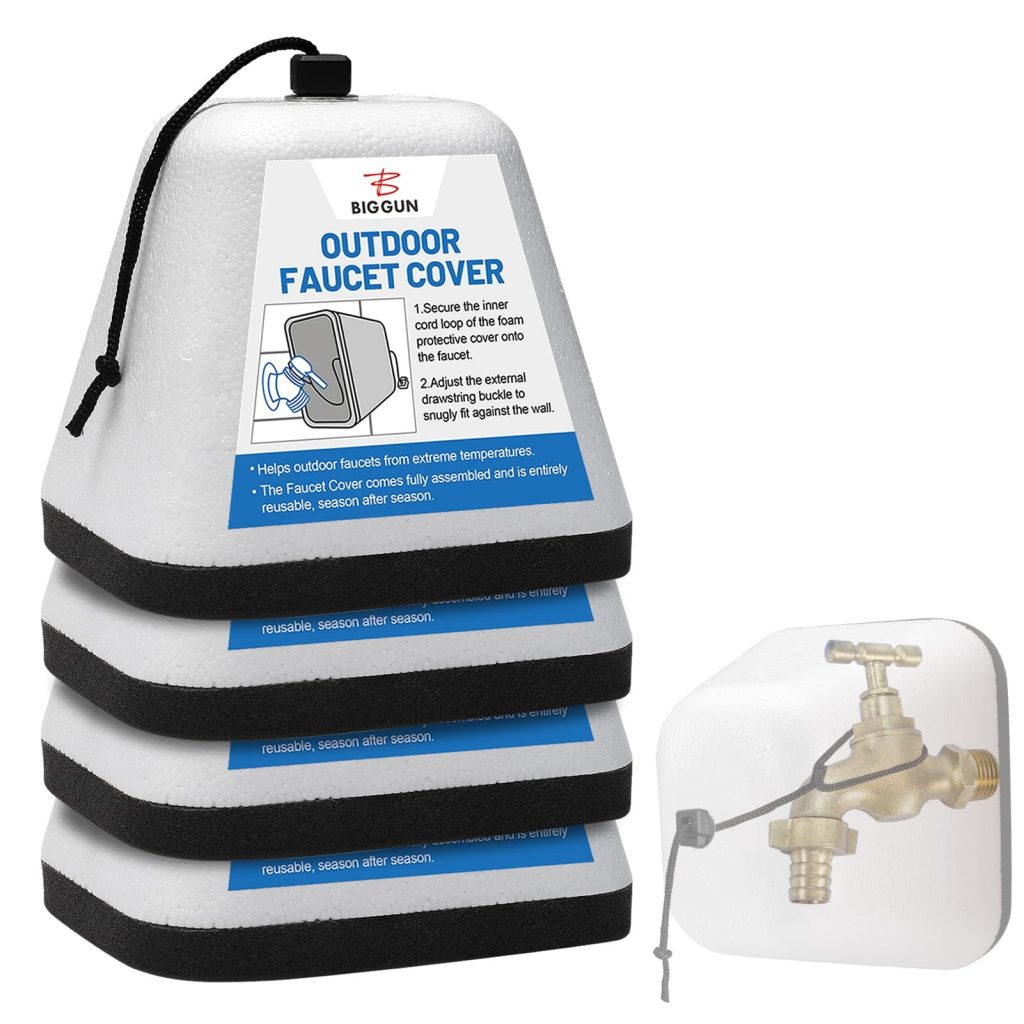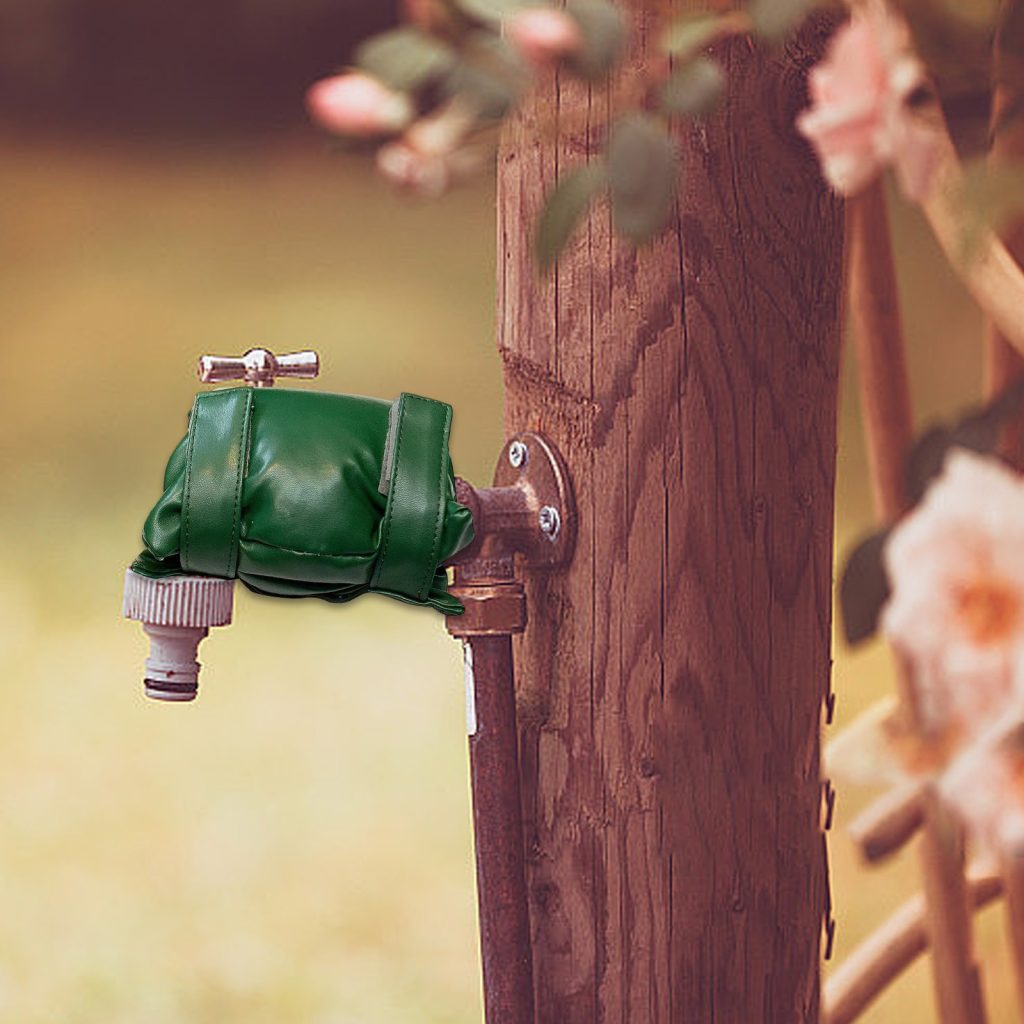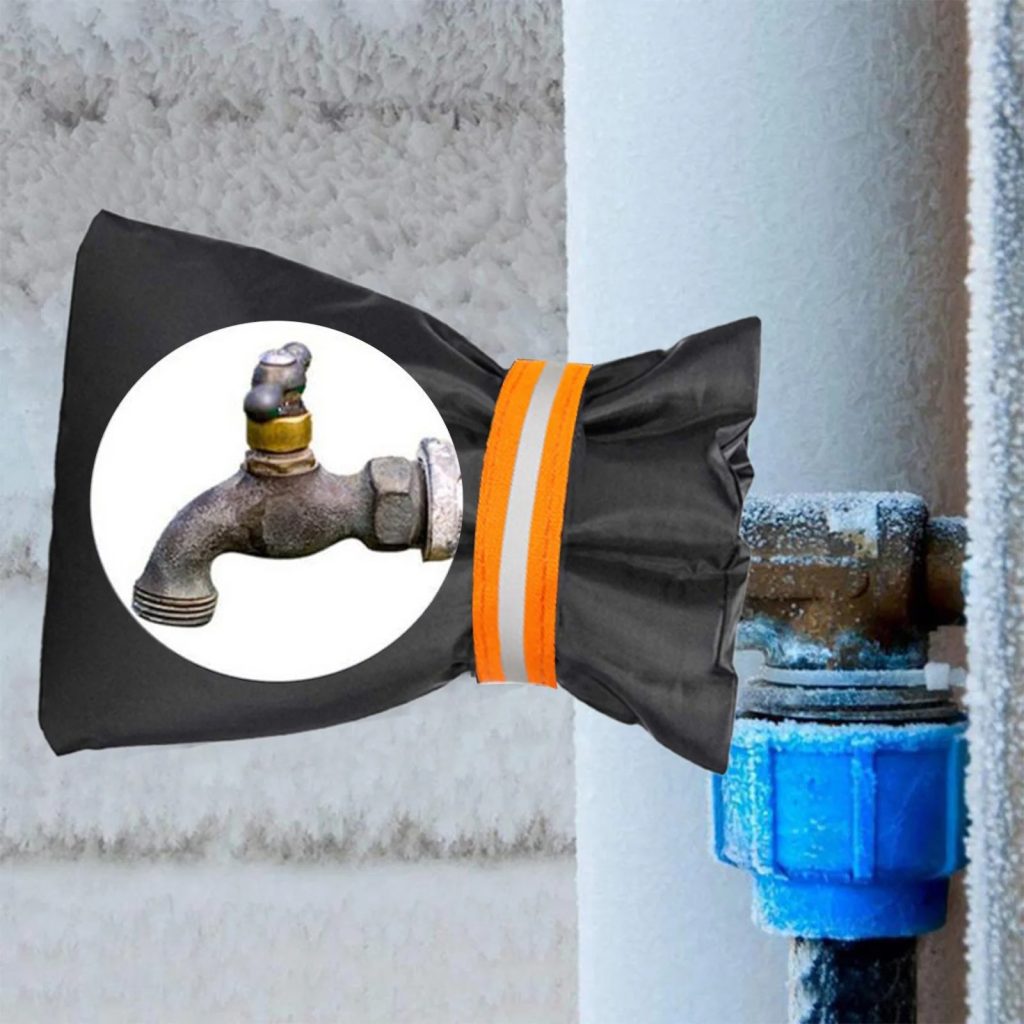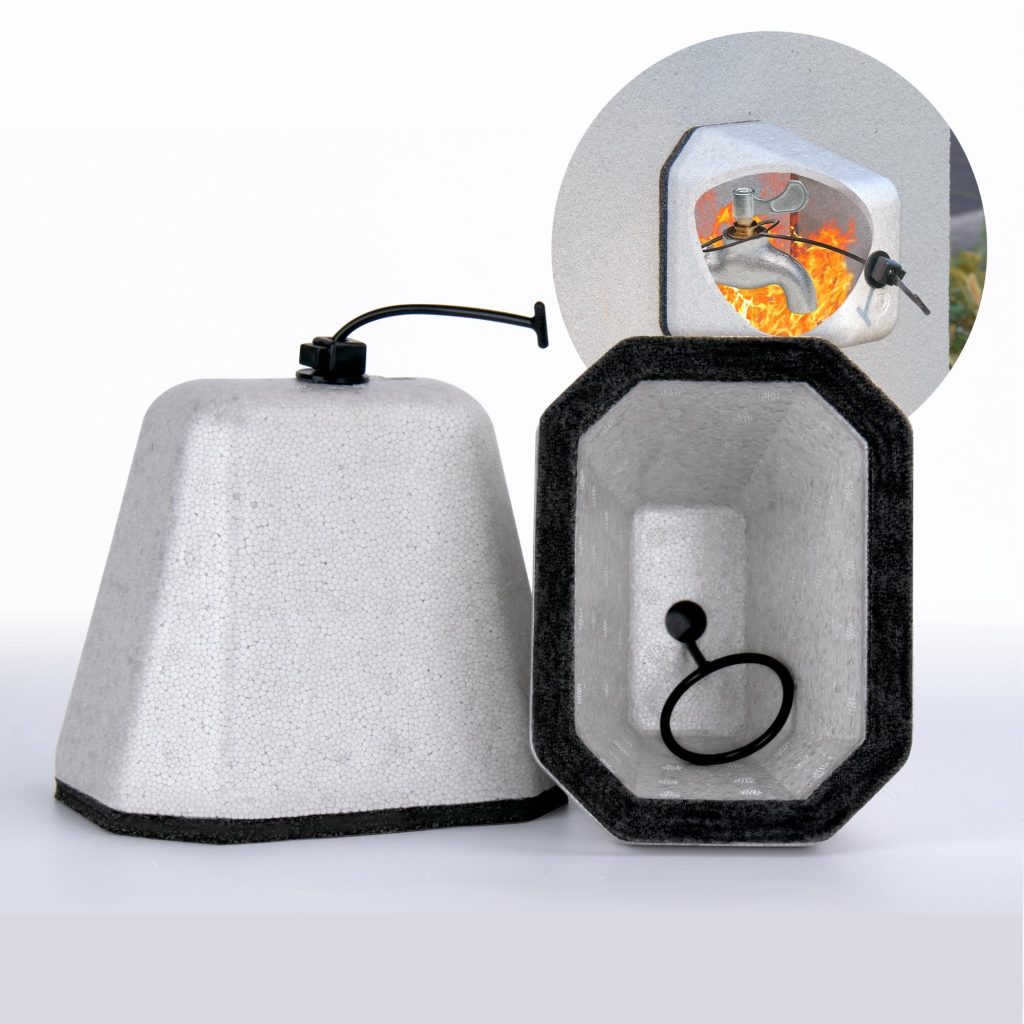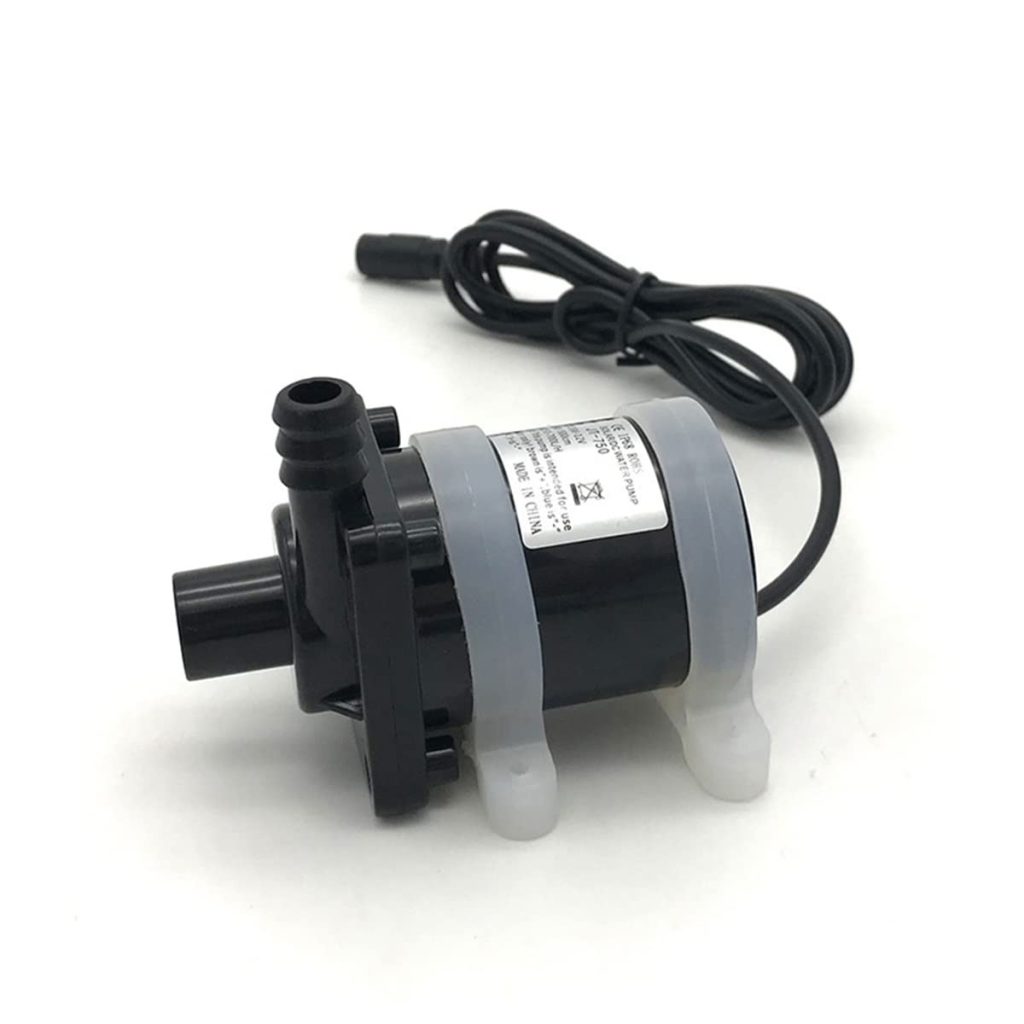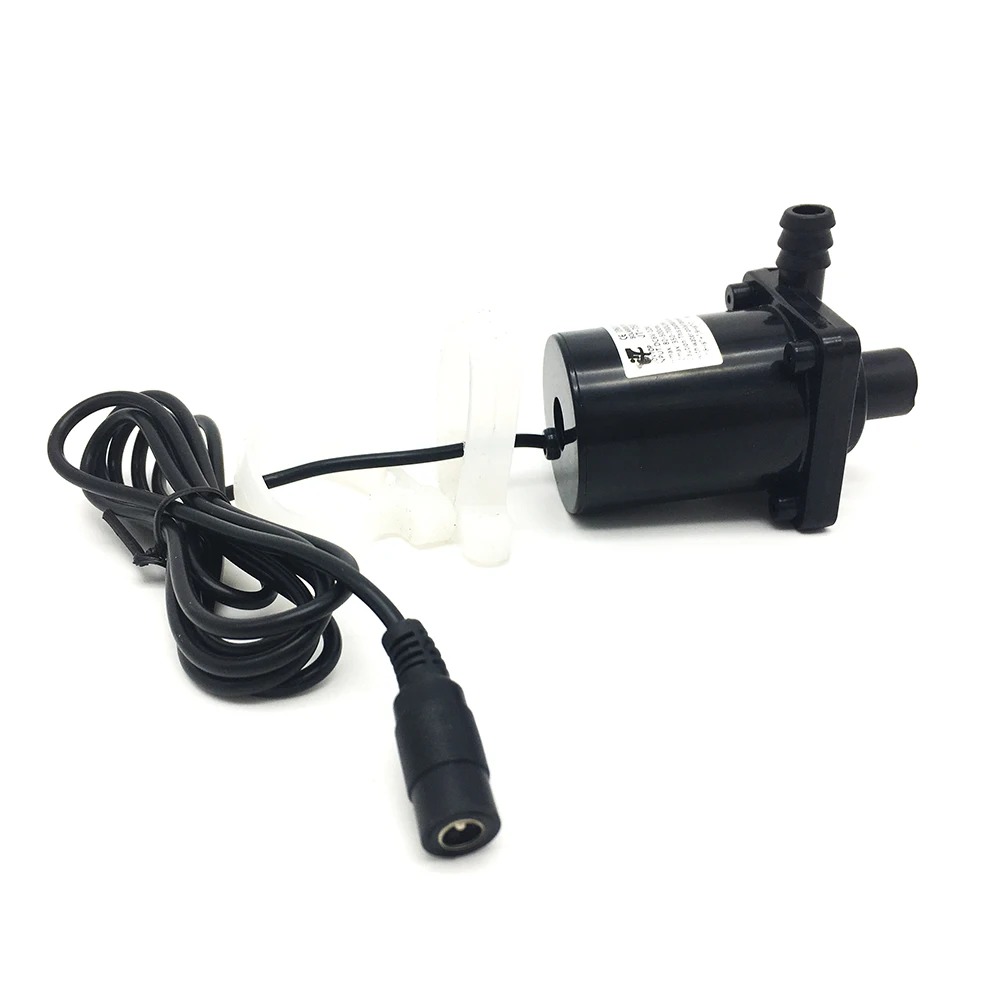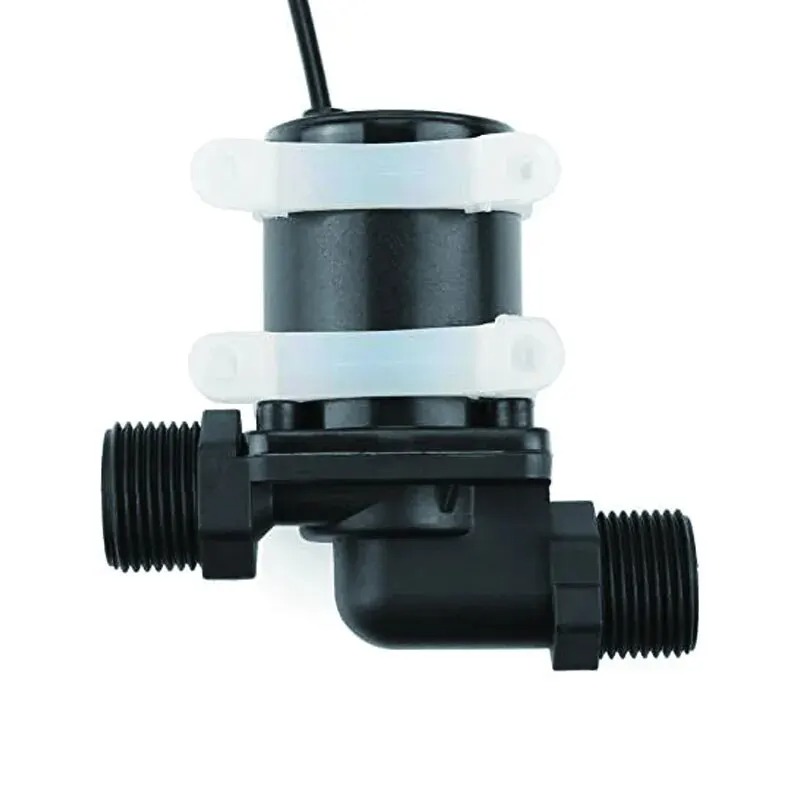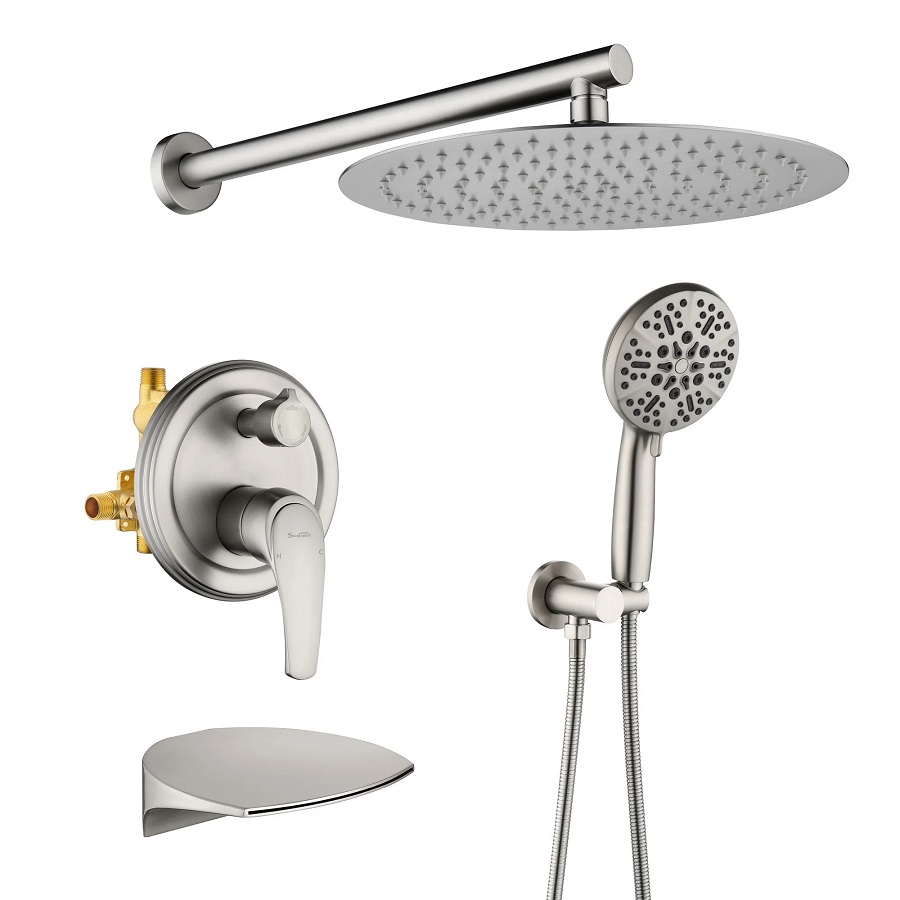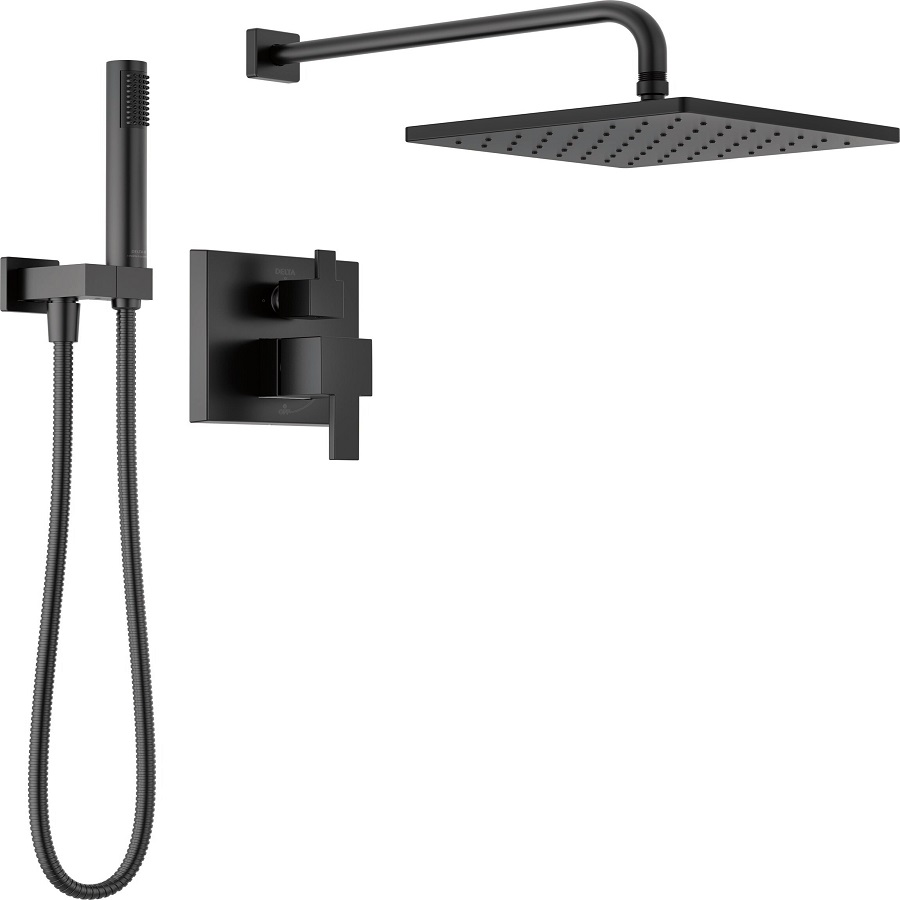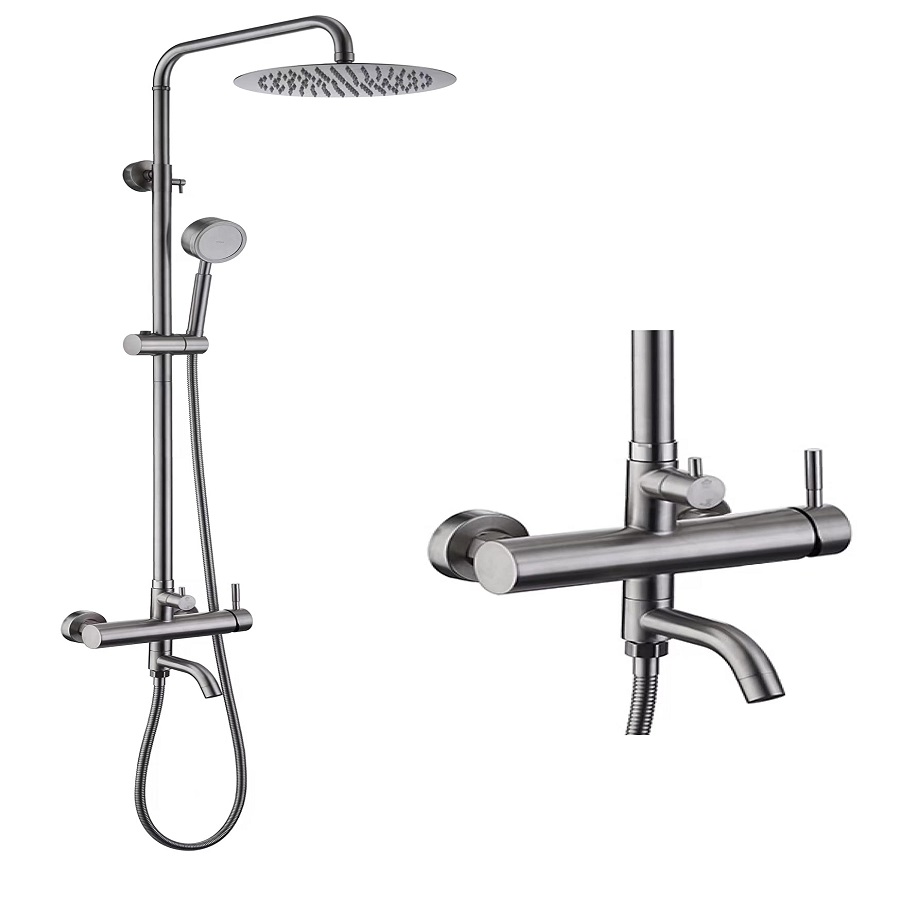Do all faucets have cartridges? Faucets are an essential part of any household, providing a convenient way to control the flow and temperature of water. One key component of faucets that is often overlooked is the cartridge. Cartridges play a crucial role in the functionality of faucets, helping to regulate the flow and temperature of water. In this article, we will explore the function of cartridges in faucets, their importance, and how they work.
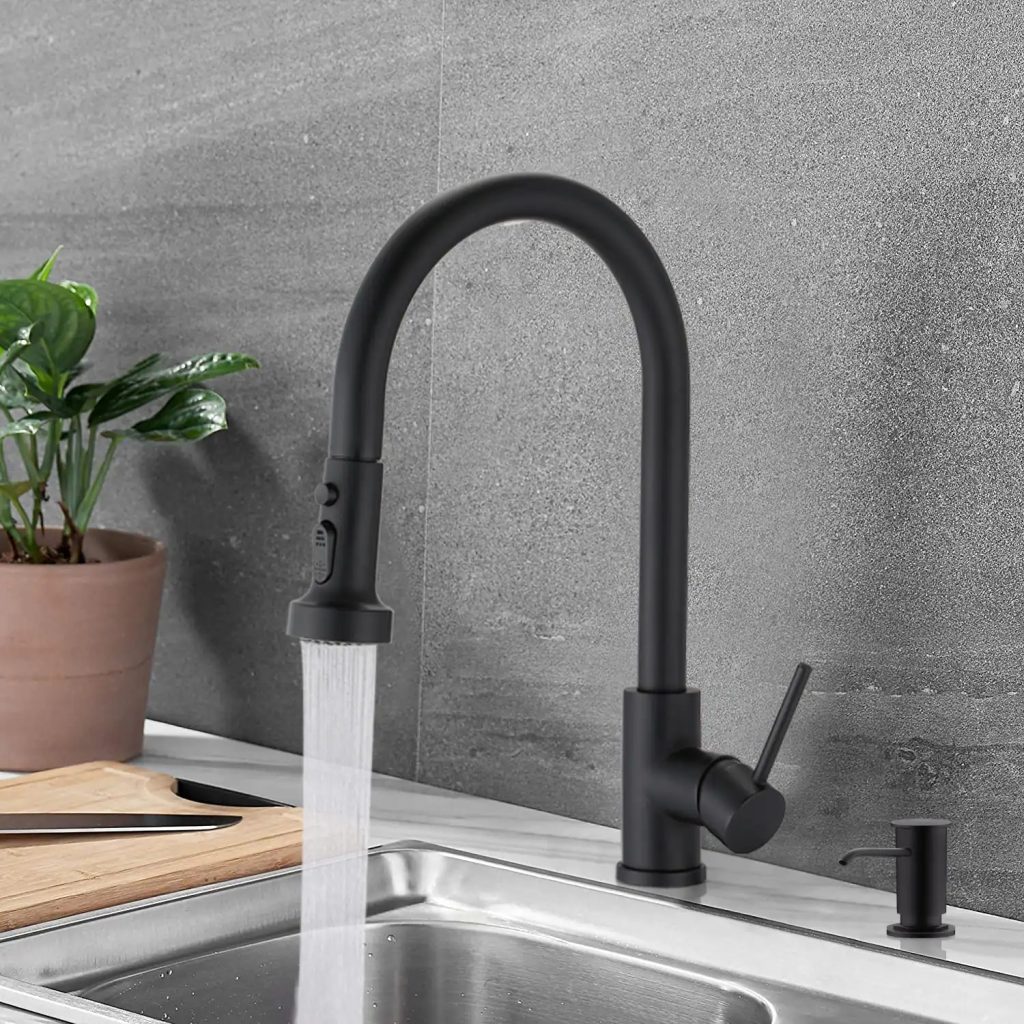
What are Cartridges?
A cartridge is a small, cylindrical component that is typically made of ceramic or plastic. It is inserted into the faucet’s handle and is responsible for controlling the flow and temperature of water. Depending on the type of faucet, cartridges can come in various designs and configurations. However, the basic function of a cartridge remains the same – to regulate the water flow and temperature.
Types of Cartridges
There are several types of cartridges commonly used in faucets, including compression cartridges, ceramic disc cartridges, and ball valves. Compression cartridges are the oldest type of cartridge and are commonly found in older, traditional faucets. Ceramic disc cartridges are more modern and are known for their durability and high performance. Ball valves, on the other hand, are used in single-handle faucets and are designed to control both the flow and temperature of water.
Importance of Cartridges
Cartridges play a critical role in the functionality of faucets. They help to regulate the flow and temperature of water, ensuring a smooth and consistent water output. Without a functioning cartridge, a faucet would be unable to control the water flow, leading to potential leaks, drips, or uneven water temperature. By having a well-maintained cartridge, homeowners can ensure that their faucets operate efficiently and without any issues.
How Cartridges Work
The operation of a cartridge depends on its specific design and configuration. In general, when the faucet handle is turned, the cartridge moves, allowing water to flow through the faucet. By adjusting the position of the cartridge, the user can control the flow and temperature of the water. For example, in a single-handle faucet, rotating the handle adjusts the position of the cartridge, changing the flow and temperature of the water. In a two-handle faucet, each handle is connected to its own cartridge, allowing for independent control of hot and cold water.
Maintenance and Replacement
Like any mechanical component, cartridges require regular maintenance to ensure they continue to function properly. Over time, the internal seals of the cartridge may wear out, leading to leaks or drips. In such cases, the cartridge will need to be replaced. Fortunately, cartridges are relatively easy to replace and can be done by the homeowner with minimal tools and know-how. By keeping the cartridges in good condition, homeowners can extend the lifespan of their faucets and prevent costly repairs in the future.
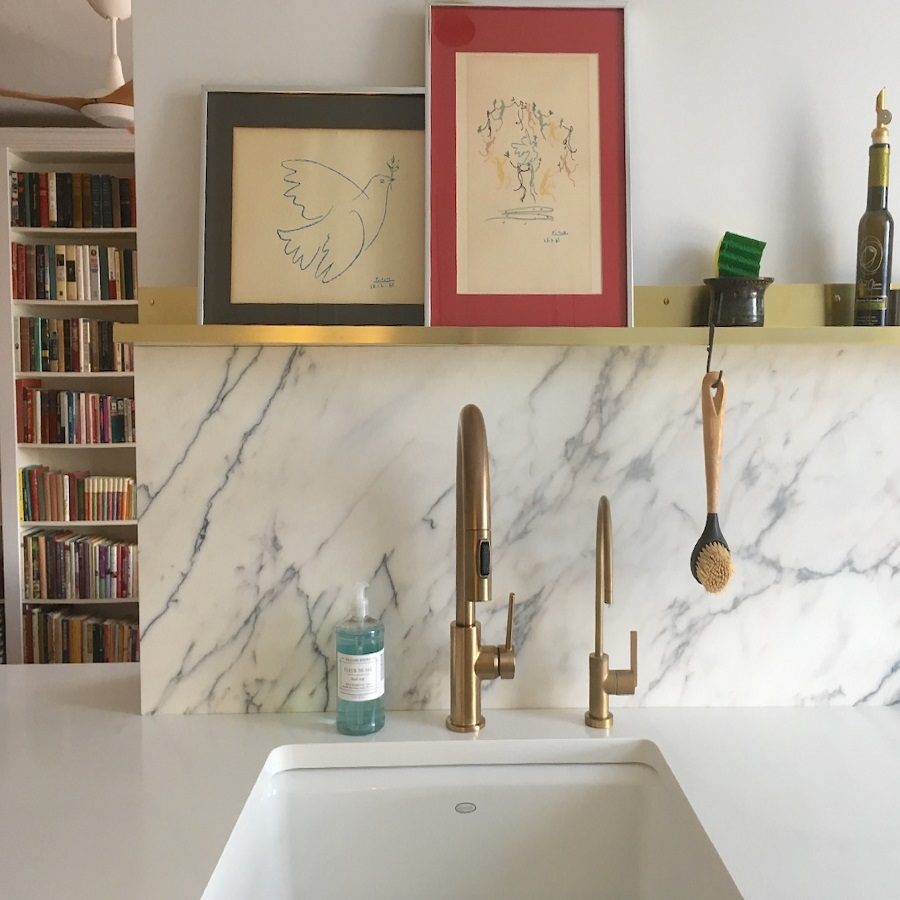
How to use faucets have cartridges
Faucets are an essential part of any household’s plumbing system. They control the flow of water and are used for various purposes such as washing dishes, taking a bath, or even drinking water. One crucial component of a faucet is the cartridge, which is responsible for controlling the flow and temperature of the water.
Understanding Faucet Cartridges
Faucet cartridges are essential components that regulate the flow and temperature of water in a faucet. They are found in both single-handle and double-handle faucets and are typically made from ceramic, brass, or plastic. A cartridge contains the necessary seals and mechanisms that allow it to control the water flow and temperature when the faucet’s handle is turned. Understanding the type of faucet cartridge in your faucet is crucial when it comes to maintenance and replacement.
Using Faucet Cartridges
When using faucet cartridges, it is essential to handle them with care. Avoid using excessive force when turning the faucet handle, as this can cause damage to the cartridge. Ensure that the handle is turned gently to regulate the flow and temperature of the water. It is also important to regularly clean the faucet cartridges to prevent the buildup of mineral deposits, which can affect their performance. Use a mild cleaning solution and a soft brush to clean the cartridges, and ensure that they are rinsed thoroughly before reinstallation.
Maintaining Faucet Cartridges
Regular maintenance is essential to ensure that faucet cartridges function correctly. Periodically inspect the cartridges for any signs of wear or damage, such as leaks or difficulty in turning the handle. If you notice any issues with the cartridges, it is important to address them promptly to prevent further damage to the faucet. Additionally, it is recommended to lubricate the cartridges with a silicone-based lubricant to keep them functioning smoothly. Proper maintenance of faucet cartridges can prolong their lifespan and prevent the need for frequent replacements.
Replacing Faucet Cartridges
Over time, faucet cartridges may need to be replaced due to wear and tear or damage. To replace a cartridge, start by turning off the water supply to the faucet. Next, remove the faucet handle and any other components that may be covering the cartridge. Once the cartridge is exposed, carefully remove it from the faucet, taking note of its orientation and position. Then, install the new cartridge, ensuring that it is placed correctly and securely. Finally, reassemble the faucet and turn on the water supply to test the new cartridge. If you are unsure about how to replace a faucet cartridge, it is recommended to seek the help of a professional plumber.
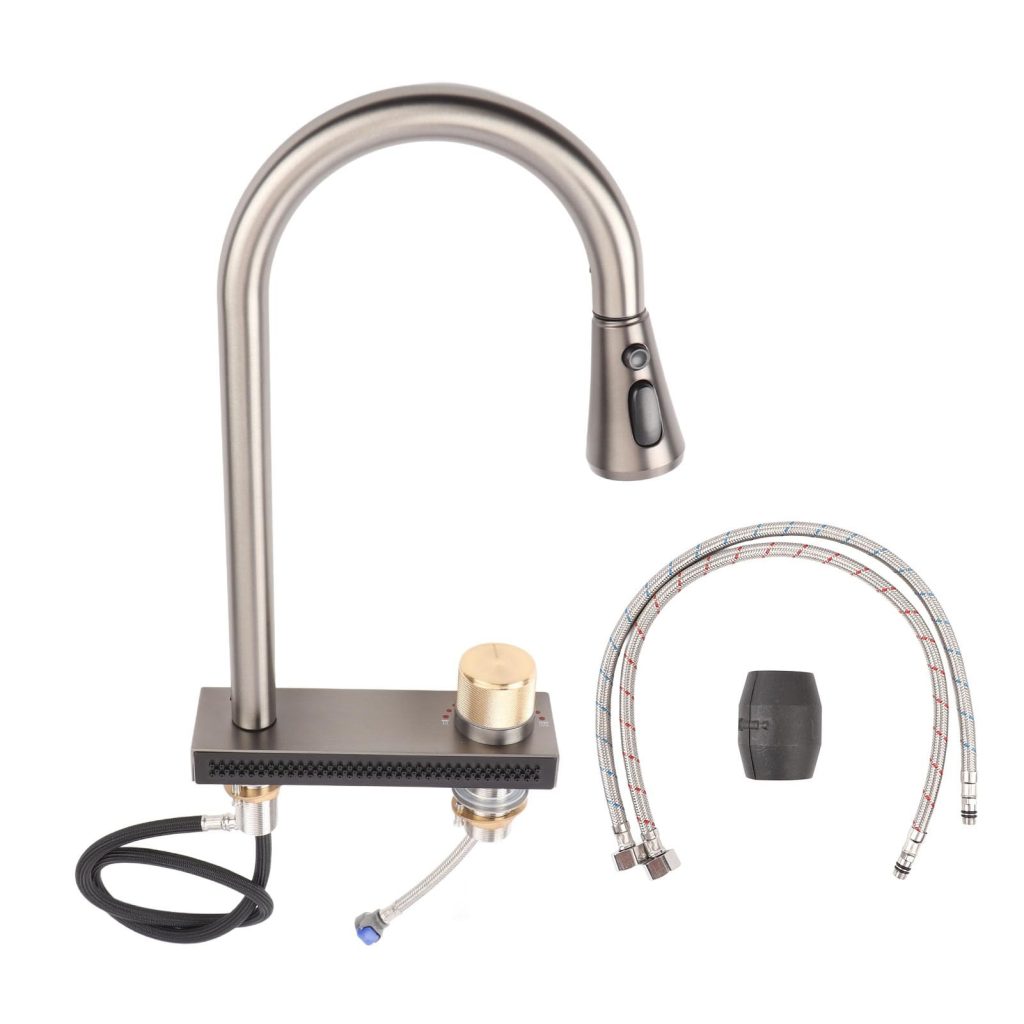
Advantages of faucets have cartridges
Faucets are an essential component of any home’s plumbing system and are used on a daily basis to provide clean water for various tasks such as washing dishes and hands. Faucets with cartridges have become increasingly popular due to their numerous advantages.
Durability
One of the main advantages of faucets with cartridges is their durability. Traditional faucets often use rubber washers, which are prone to wear and tear over time. This can lead to leaks and drips, causing water wastage and the need for frequent repairs. In contrast, faucets with cartridges are designed to withstand the test of time. The cartridges are made from durable materials such as ceramic or stainless steel, which are resistant to corrosion and wear. This means that faucets with cartridges are less likely to develop leaks and drips, saving homeowners the hassle of frequent maintenance and repair.
Ease of Use
Faucets with cartridges are also known for their ease of use. The design of the cartridge allows for smooth and effortless operation of the faucet handle. This means that users can easily control the flow and temperature of the water with minimal effort. The cartridges are also designed to provide precise control, allowing for accurate adjustments to the water flow and temperature. This makes faucets with cartridges ideal for both kitchen and bathroom use, as they provide a comfortable and convenient user experience.
Energy Efficiency
Another advantage of faucets with cartridges is their energy efficiency. The precise control offered by the cartridges allows users to conserve water and energy by eliminating wastage. Users can easily adjust the flow of water to a desired level, reducing the amount of water used for daily tasks such as washing dishes or hands. Additionally, faucets with cartridges are often equipped with features such as aerators, which help to reduce water consumption by mixing air with the water stream. This not only saves water but also reduces the amount of energy required to heat the water, leading to lower utility bills and a positive environmental impact.
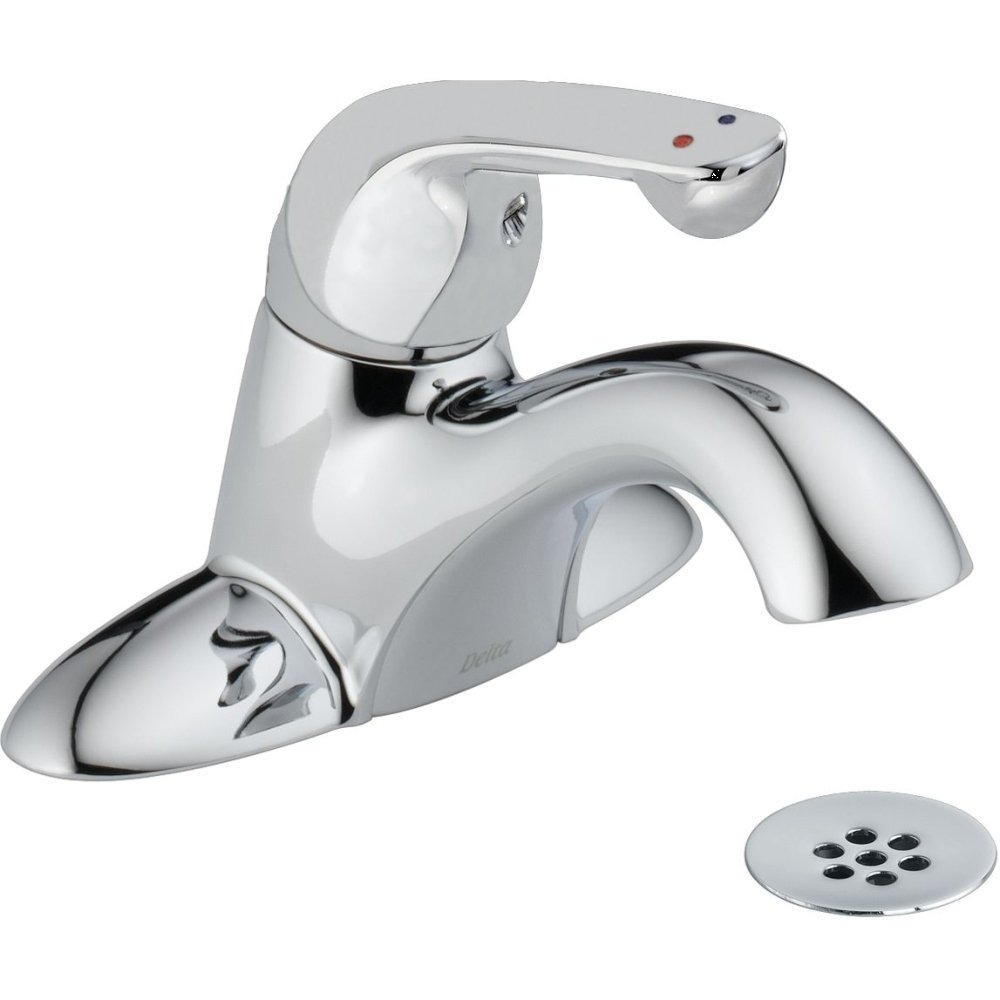
Conclusion
In conclusion, cartridges are an essential component of faucets that help to regulate the flow and temperature of water. They come in various types and play a critical role in ensuring that faucets operate efficiently and without issues. Regular maintenance and timely replacement of cartridges are crucial to prevent leaks and drips and to prolong the lifespan of faucets. Understanding the function of cartridges in faucets is important for homeowners to maintain their plumbing fixtures and ensure a steady supply of water in their homes.

